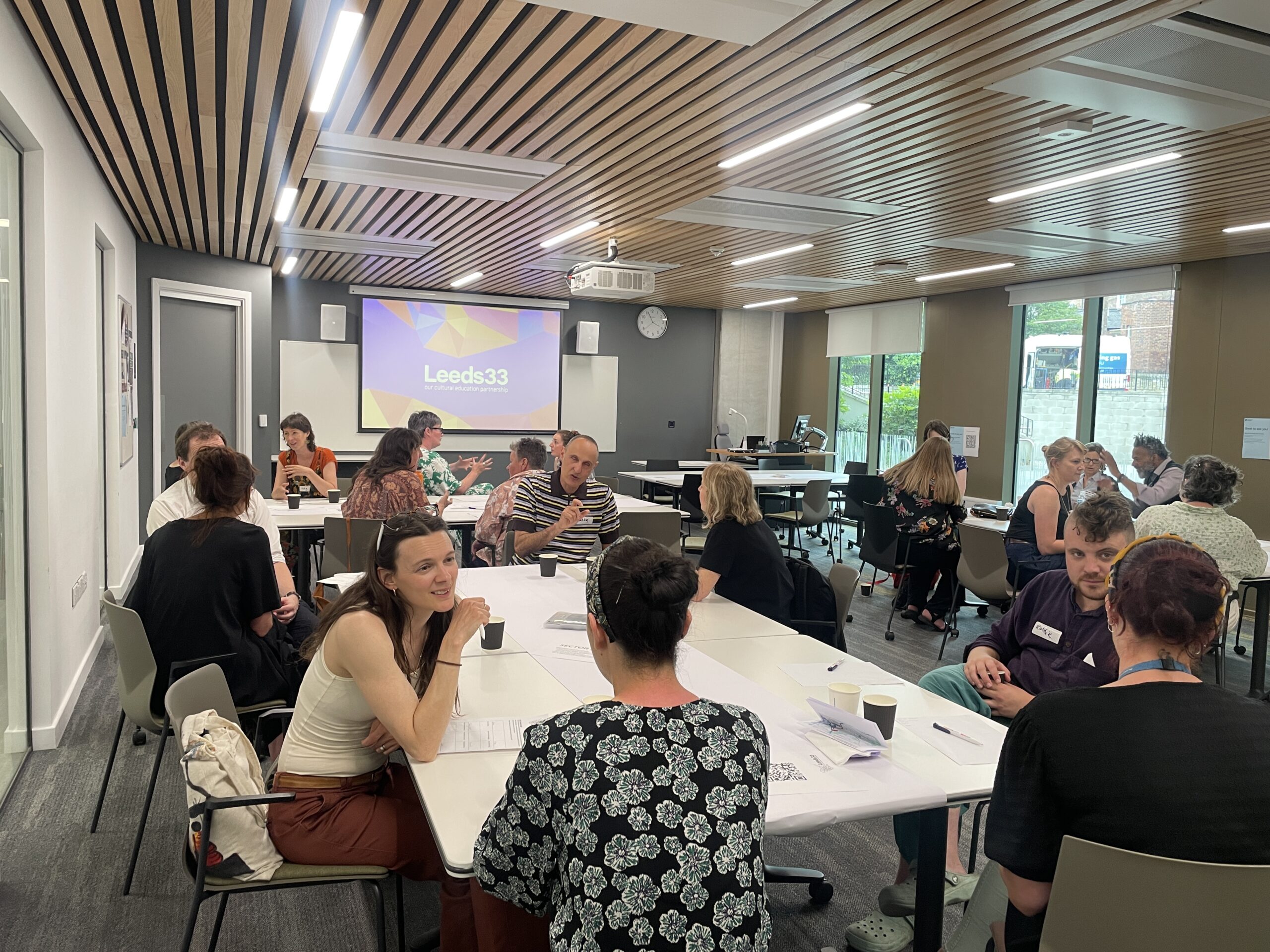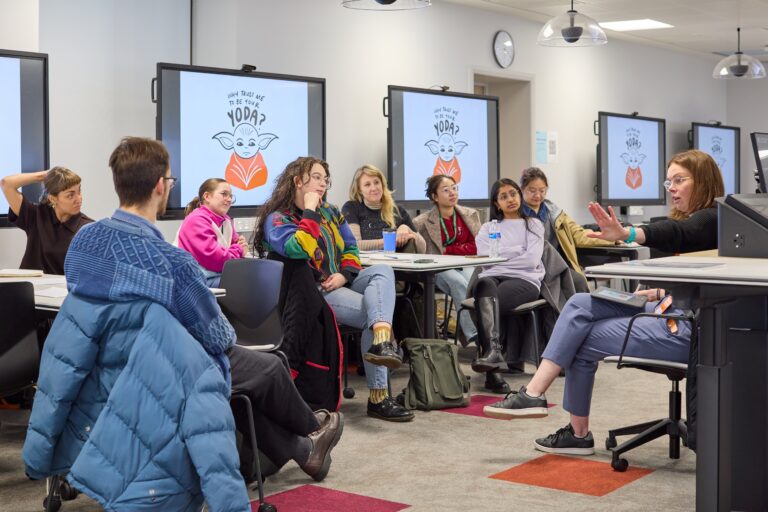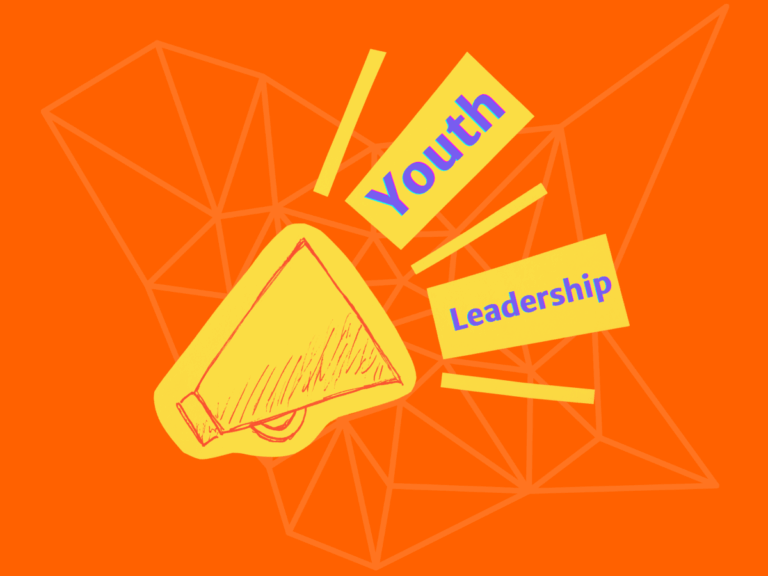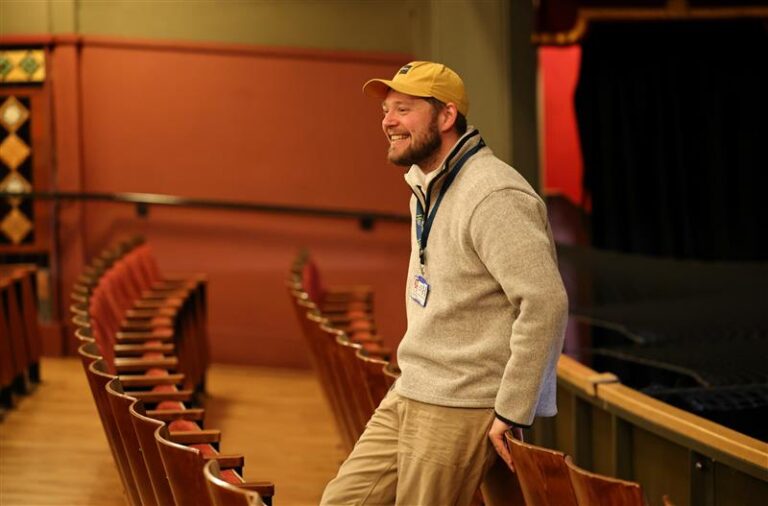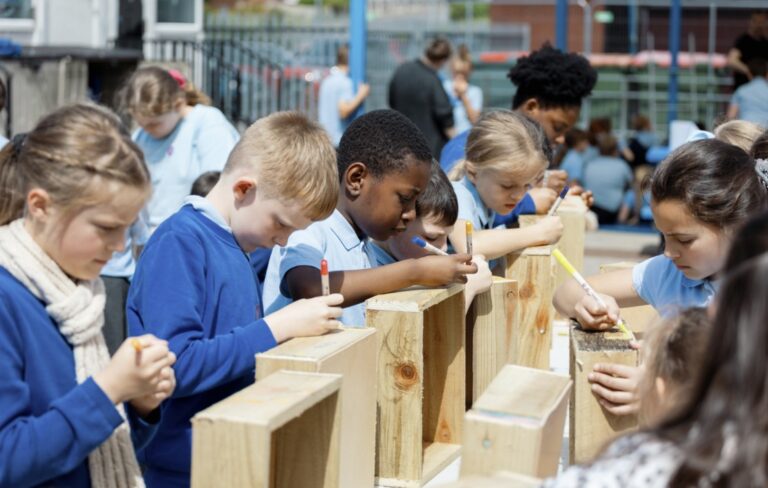The event aimed to strengthen collaboration, share insight and support a joined-up approach to creative health for young people in Leeds.
The core of the event was structured around four themed discussion spaces, each focused on a key area shaping the future of creative health in Leeds. Participants rotated between spaces to contribute thoughts, experiences and practical ideas. To build a lasting legacy for the event we wanted to share what emerged from those conversations to inspire collective action going forward.
Area One – Funding
Suggested conversation starters:
Where are the opportunities for creative health youth work?
How are these shared?
How can we collaborate to draw in more funding?
Key insights:
• The need to diversify income through shared resources and collaboration, described as a “Robin Hood economy.”
• Ongoing reliance on Arts Council England, National Lottery, and similar sources, alongside a clear need for stronger case studies and outcome data.
• A recurring theme was the disconnect between available evidence and actual investment, suggesting a need to refine how the sector communicates its value.
• Participants raised the importance of using the right language when approaching funders.
• A call was made for Leeds33 to explore its role in sharing funding opportunities across its network.
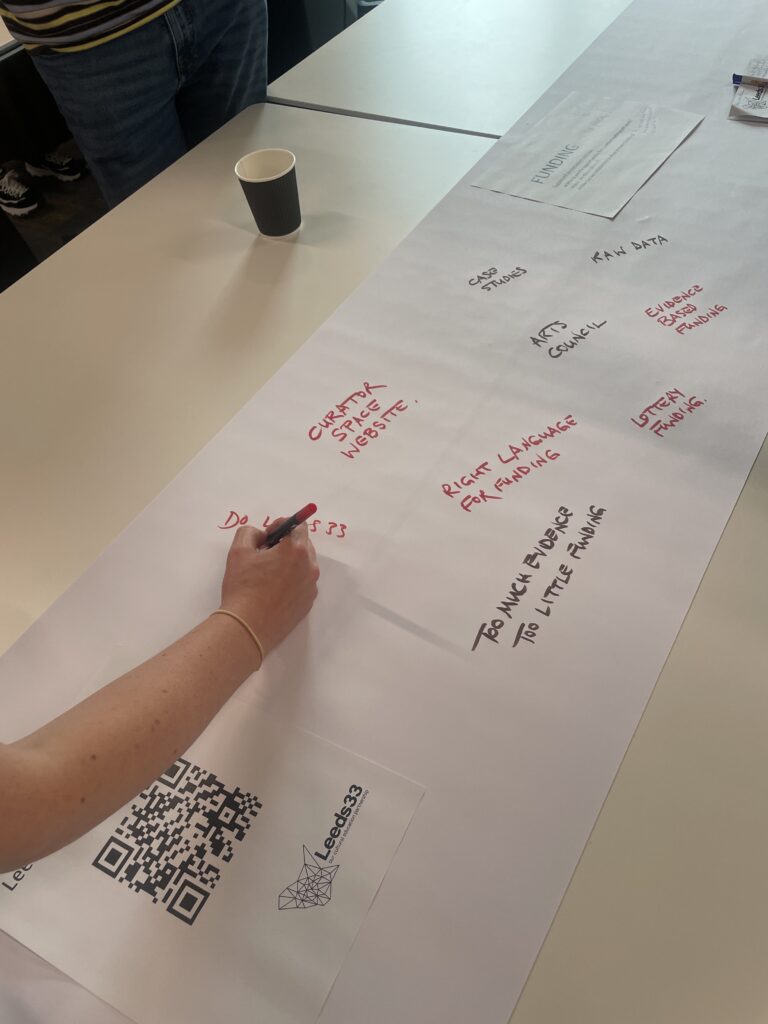
Area Two – Collaboration
Suggested conversation starters:
What are the roles of schools and cultural organisations in the health space?
How can we encourage connection and collaboration across sectors within this work?
Key insights:
• In health contexts, creativity was seen as essential for helping individuals make sense of their experiences.
• In schools, finding the right internal champions, individuals who believe in and advocate for this work, is key to unlocking engagement.
• Suggestions included hosting artist–school networking events or “speed dating” formats to enable more strategic relationship-building.
• Emphasis was placed on inclusive and accessible communication, and on providing artists with access to academic expertise to help translate specialist knowledge into engaging creative practice.
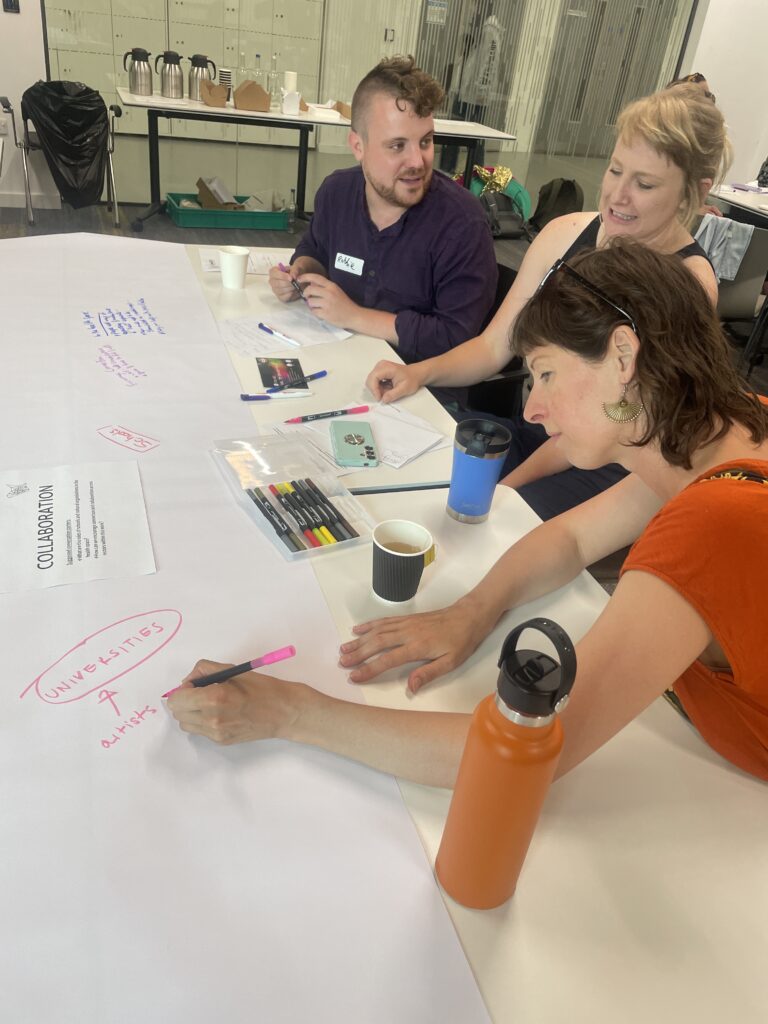
Area Three – Evaluation
Suggested conversation starters:
How can our collective impact be captured?
What could a shared impact framework for creative health in Leeds look like?
How will it capture the impact on young people?
Key insights:
• The group advocated for storytelling formats, including video and live presentations, to more effectively communicate outcomes to funders and stakeholders.
• Projects like Failspace were cited as examples of how the sector can learn from challenges and normalise reflection.
• There was a strong appetite for a shared evaluation framework to reduce duplication and enable collective impact measurement.
• The importance of political engagement and connecting creative health work to broader civic and policy goals was highlighted.
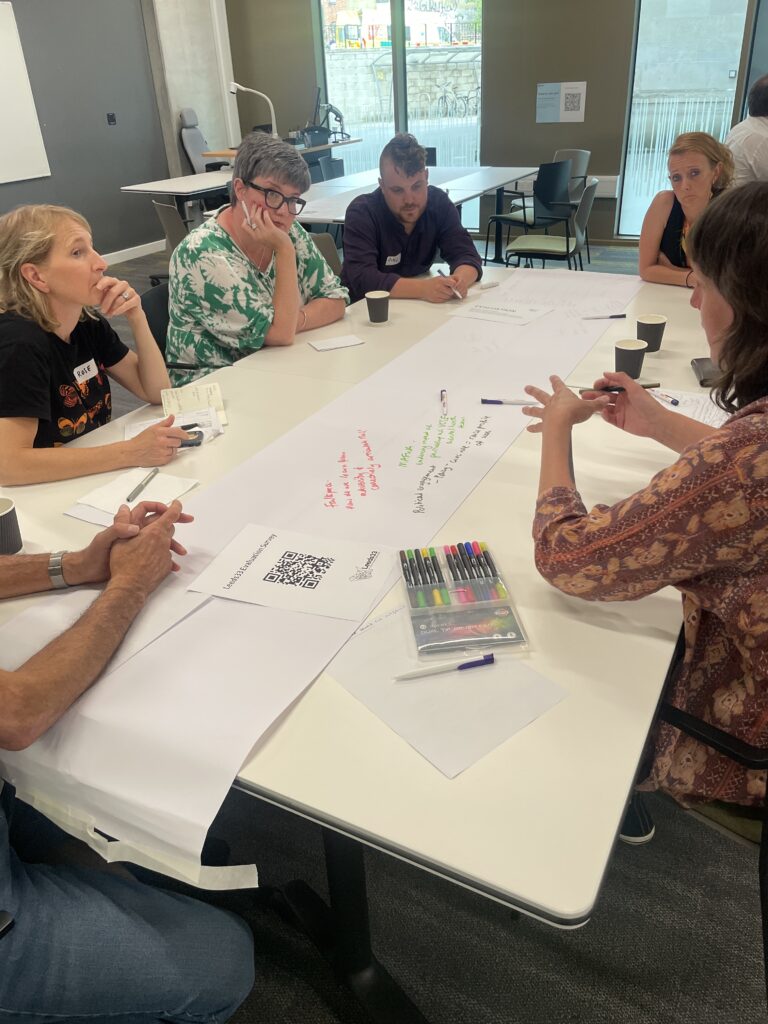
Area Four – Sector Support
Suggested conversation starters:
What areas of support are needed for schools, cultural organisations, artists, freelancers and others to safely deliver this work with young people?
What would a package of support look like? How can we make this as inclusive and as accessible as possible?
Key insights:
• Creative health was described as a socially driven movement, with an emphasis on collective voice, cultural rights, and social justice.
• Calls were made for more lived-experience case studies, intergenerational activities, and support for creative risk-taking.
• Participants discussed initiatives like Sure Start and embedding creativity into the school curriculum and recruitment processes.
• Support structures such as residentials, feedback sessions, and collaborative project frameworks were suggested to improve wellbeing and resilience within the workforce.
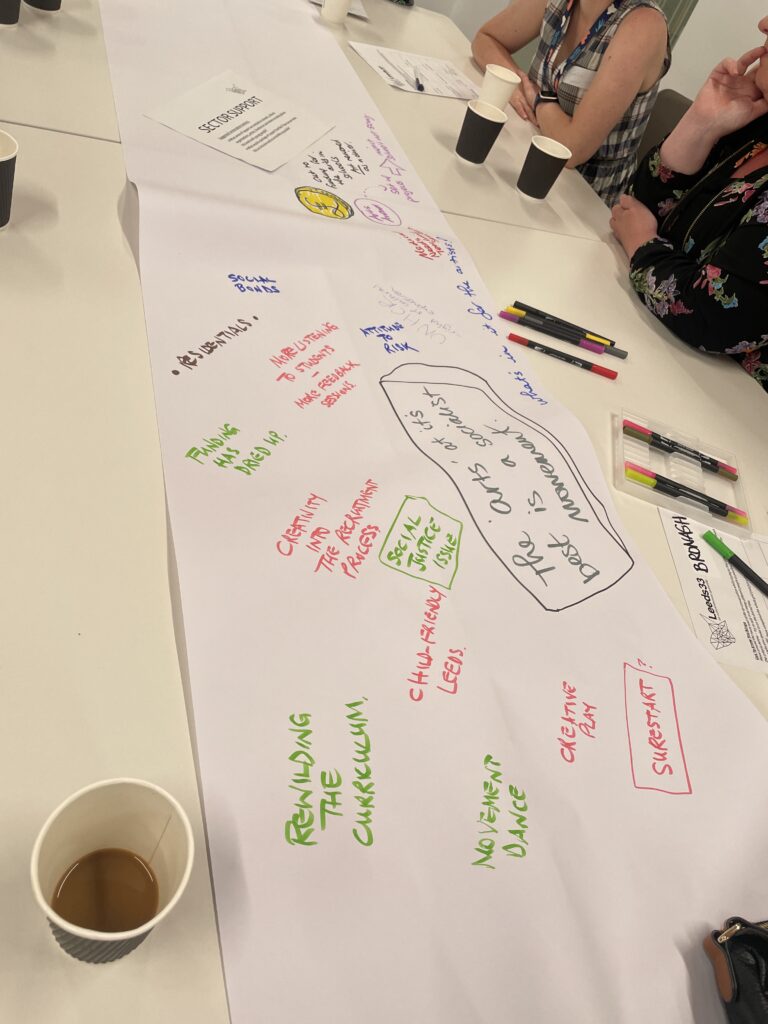
The response to this event demonstrated the energy and commitment within Leeds to growing a more connected and creative approach to health and wellbeing. Whether working in schools, cultural settings, or healthcare, participants shared a common belief in the power of creativity to support young people.
We’re grateful to everyone who contributed and we are keen to build on this momentum.
If you would like to be a part of future events sign up to the Leeds33 newsletter to be the first to know.

